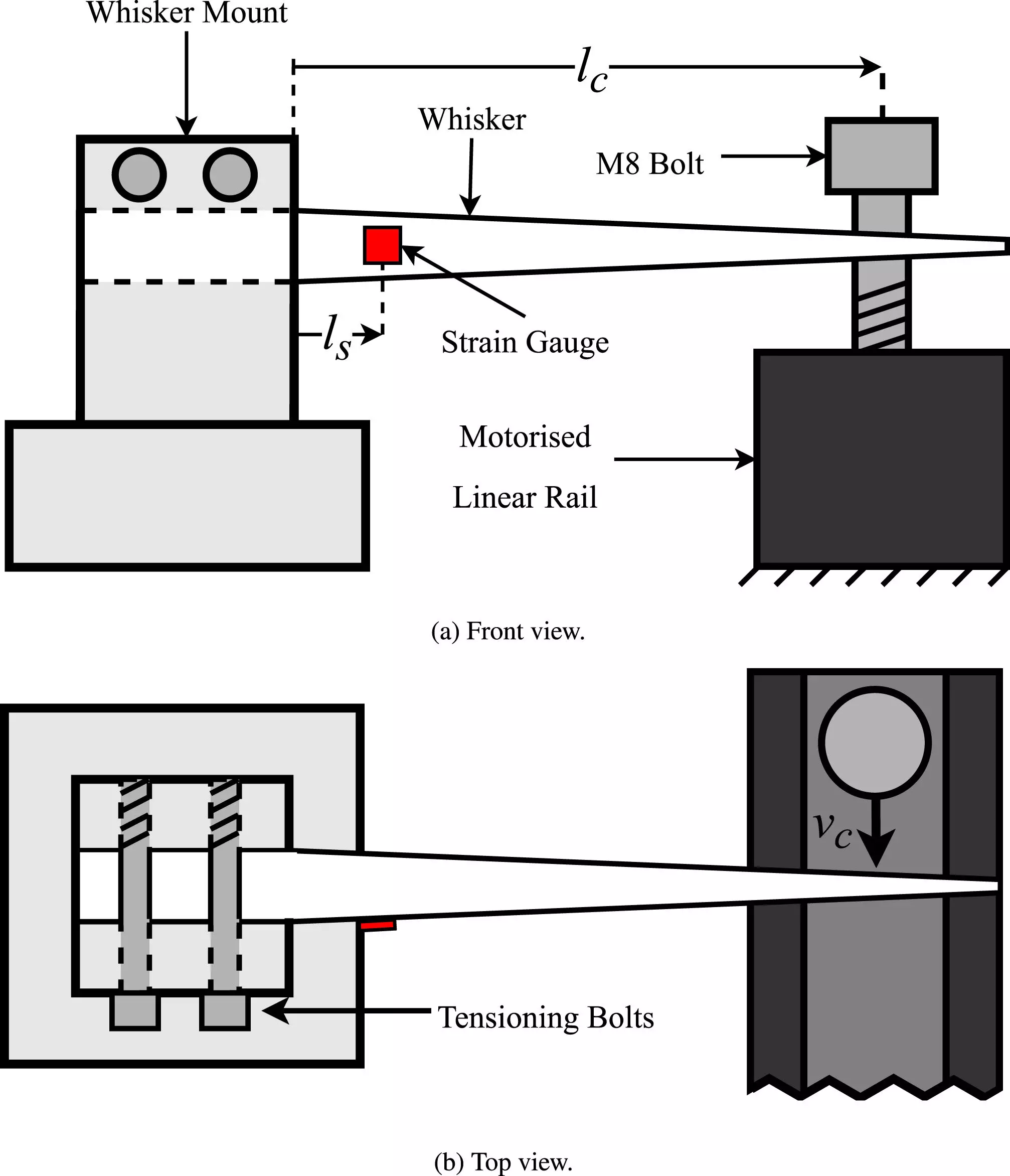Researchers at Flinders University have taken inspiration from the animal kingdom to develop innovative ‘whiskers’ that can be attached to robots. These whiskers are designed to be affordable, flexible, and highly responsive, giving robots additional tactile abilities in confined or cluttered spaces.
The use of lasers and camera vision is already common in instructing robot movement. However, the addition of whisker sensors can provide robots with the ability to navigate through spaces with more precision. Similar to a rat’s whiskers, these sensors can help robots detect objects that might be missed by traditional range-finders or cameras. This additional capability allows robots to determine the properties of objects, such as their moveability, which may not be possible with conventional sensors.
The researchers at Flinders University are focusing on developing an optimal whisker shape using mechanical beam theory. This design will allow robots to not only detect objects but also interpret their weight and texture. By doing so, robots can potentially move obstacles out of their path, ultimately avoiding damage to both themselves and the objects around them.
According to mechatronics graduate Mr. Simon Pegoli, providing robots with effective tactile sensor systems will significantly advance their abilities. Each space that a robot navigates is unique, and having the capability to ‘touch’ and ‘visualize’ movement will help them complete tasks more efficiently. The ongoing testing of these electro-mechanical whisker prototypes in various scenarios will enable robots to respond effectively to the information they collect.
Associate Professor Dr. Russell Brinkworth, an expert in Autonomous Systems, is playing a crucial role in bridging the gap between lab research and practical applications. His goal is to develop robotic systems that can adapt to different environments seamlessly. By incorporating whisker sensors that mimic the tactile abilities of human fingertips, robots will be able to assess objects in their surroundings more effectively.
The development of whisker sensors for robots has the potential to revolutionize the field of robotics by enhancing their sensory capabilities. These affordable, flexible, and highly responsive sensors can provide robots with the ability to navigate through complex environments with ease. As researchers continue to explore and optimize the design of whisker sensors, we can expect to see robots performing tasks with greater accuracy and efficiency in the near future.


Leave a Reply